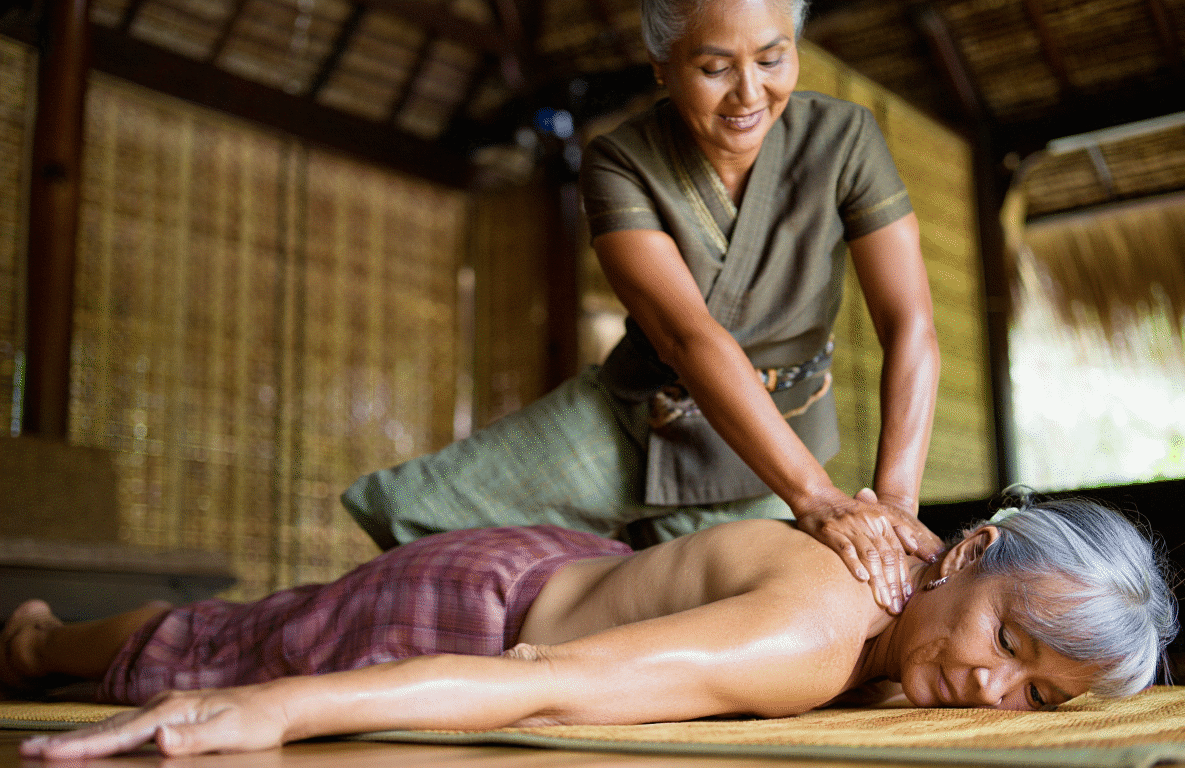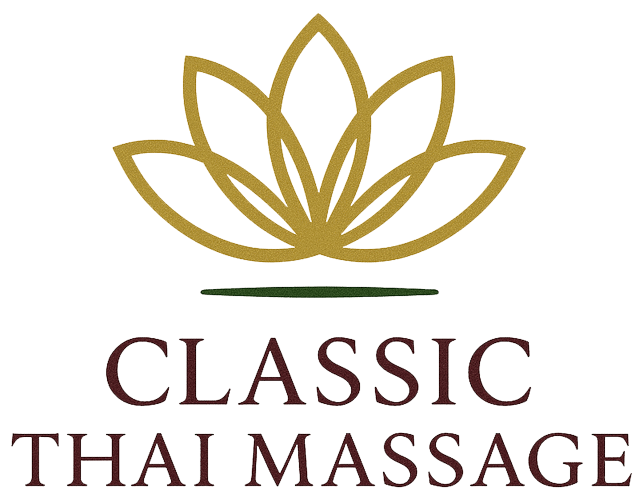History of Thai massage
Traditional Thai massage has a long tradition that is closely linked to Thai culture and spirituality. Its roots date back over 2,500 years and are attributed to the Indian physician Jivaka Kumar Bhaccha (also known as Shivago Komarpaj), who is said to have been a contemporary and personal physician of Buddha. It is said that he possessed extensive knowledge of Ayurveda and herbal medicine and brought this knowledge to Southeast Asia.
Over the centuries, these Indian influences merged with elements of traditional Chinese medicine and indigenous Thai healing methods. This gave rise to a unique form of bodywork that combined both medical and spiritual aspects.
The practice of Thai massage was closely linked to Buddhist temples (wats), which served as important centers of healing. There, knowledge was passed down from generation to generation, often orally or in the form of illustrations. Particularly well-known are the stone carvings depicting massage and energy lines in the Wat Pho temple in Bangkok, which is still considered one of the most important training centers today.
Classic Thai massage is therefore not only a technique for physical treatment, but also a cultural heritage deeply rooted in the philosophical ideas of health, energy flow, and harmony in human life.

